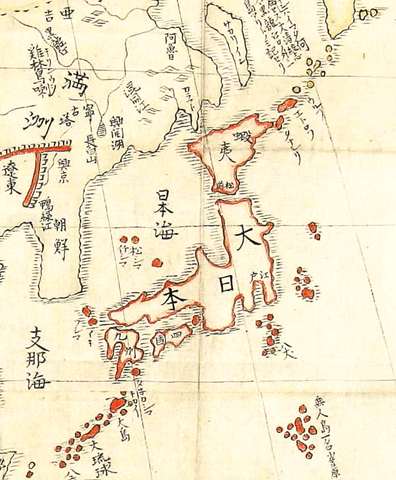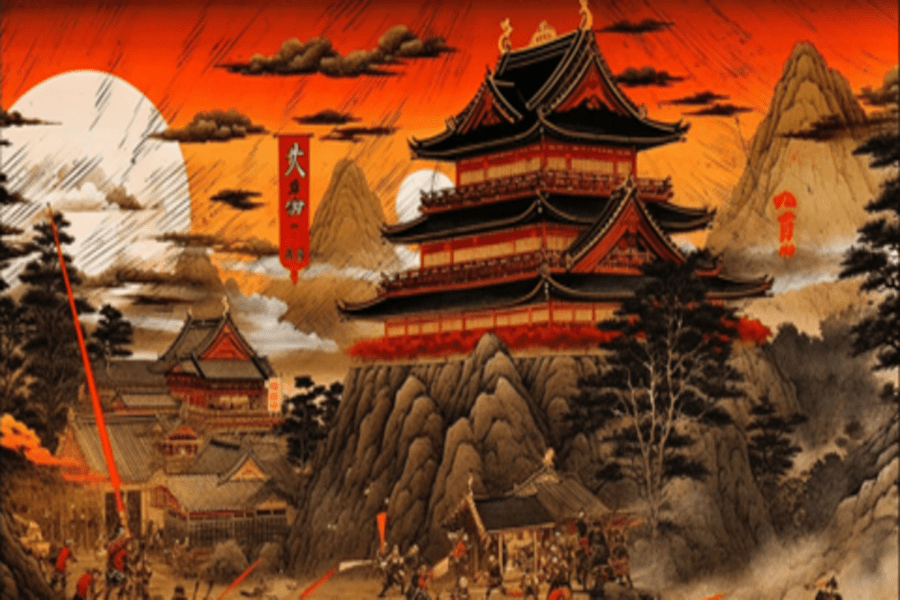Japan’s rich and multifaceted history has woven a tapestry that continues to shape the vibrant and unique culture of the nation. From the feudal era to the Meiji Restoration and beyond, the echoes of the past resonate in modern Japan, influencing everything from art and language to societal norms and values. In this exploration, we delve into the profound impact of Japanese history on contemporary culture and the ways in which traditions endure in the Land of the Rising Sun.
Cultural Heritage:
Japan’s history is steeped in a rich cultural legacy that is evident in various art forms. Traditional arts such as tea ceremony (茶道, sadō), ikebana (flower arranging), calligraphy (書道, shodō), and traditional theater, including Noh and Kabuki, have endured through the centuries. These artistic expressions serve as a bridge connecting the present to Japan’s historical roots, offering a glimpse into the aesthetics and values that have shaped the nation.
Language and Writing:
The Japanese writing system, comprising Kanji characters borrowed from Chinese, Hiragana, and Katakana, has deep historical roots. The use of Kanji in modern Japanese writing reflects the enduring influence of China and the adoption of its writing system in ancient Japan. This linguistic legacy connects contemporary Japanese speakers to their historical predecessors and emphasizes the importance of written communication in Japanese culture.
Religious Traditions:
Shinto and Buddhism, the two major religions in Japan, have profoundly shaped the country’s cultural landscape. Shinto, with its reverence for kami (spirits), is evident in rituals, shrines, and festivals that celebrate nature and the changing seasons. Buddhism, introduced from China and Korea, contributes to cultural practices such as Obon, a festival honoring ancestors. These religious traditions continue to influence Japanese perspectives on life, death, and the cyclical nature of existence.
Feudal Legacy:
The feudal era, characterized by the samurai class and a rigid social hierarchy, has left an indelible mark on Japan’s collective consciousness. Concepts such as loyalty, honor, and hierarchy, deeply ingrained in samurai philosophy, continue to resonate in modern Japanese society. The enduring fascination with bushido, the way of the warrior, is evident in cultural expressions ranging from literature to cinema.
Meiji Restoration and Modernization:
The Meiji Restoration of the late 19th century marked a transformative period in Japanese history, leading to rapid modernization and the adoption of Western ideas and technologies. This era laid the foundation for Japan’s emergence as a global economic and technological powerhouse. Elements of this modernization, including the embrace of industry, education reforms, and the development of a constitutional monarchy, continue to shape Japan’s contemporary identity.
Pop Culture and Innovation:
Japan’s global influence extends to its contemporary pop culture, including anime, manga, J-pop, and video games. While these forms of entertainment may seem modern, they often draw inspiration from historical narratives, folklore, and traditional art. The synthesis of old and new in Japan’s pop culture is a testament to the nation’s ability to innovate while preserving its cultural heritage.
Conclusion:
The impact of Japanese history on modern Japanese culture is a dynamic interplay of tradition and innovation. From the elegance of traditional arts to the dynamism of contemporary pop culture, Japan’s historical journey is embedded in the fabric of daily life. Understanding this complex relationship provides valuable insights into the essence of Japan—a nation that honors its past while continuously evolving in response to the challenges and opportunities of the present. In the Land of the Rising Sun, history is not a relic but a living force that guides and inspires, ensuring that the cultural tapestry continues to flourish through the ages.







